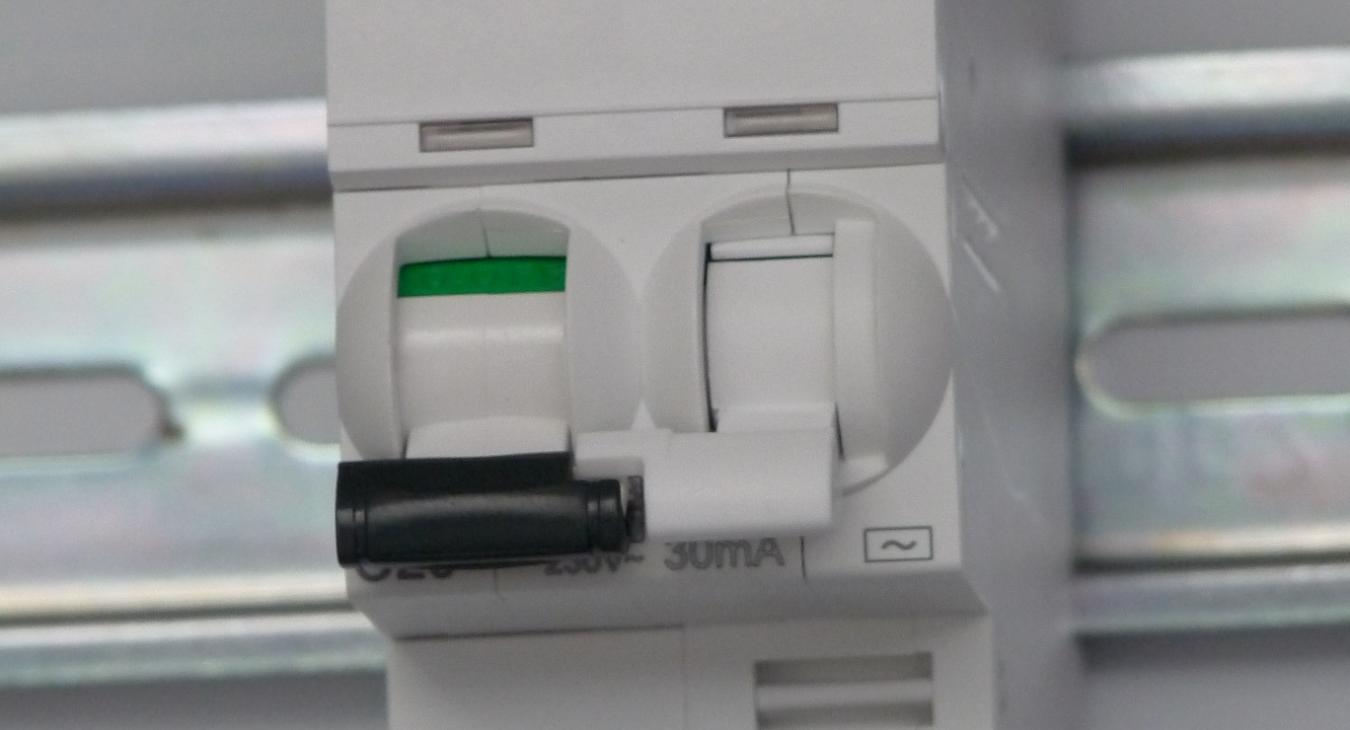
A Guide to RCD's (residual current device)
In these strange times, we are all spending a lot more time at home and if we are lucky enough, in the garden. But how can we make sure the places we want to relax in are as safe as possible?
The past few years have seen around 8,500 admissions to hospital for gardening or DIY related accidents a year. Lawnmowers and electric tools are at the top of the offenders list.
Electric mowers and other power tools should always be used with an RCD which will cut off the power quickly in the event of an accident.
So – what is an RCD?
An RCD (residual current device) is a life saving device that’s designed to prevent you from getting an electric shock which could be fatal if you touch something live, like a bare wire. They are more sensitive and therefore offer much more protection than an ordinary fuse or circuit breaker.
What does an RCD do?
An RCD will automatically shut off stray currents before they can electrocute you, cause fires, or do other kinds of damage.
How does an RCD work?
An RCD constantly monitors the electric current flowing in the live and neutral wires supplying a circuit. In normal circumstances, the current flowing down both wires is equal. If it detects an imbalance or electricity flowing down an unintended path, for example, through a person who has touched a live part, it will switch the circuit off very quickly, thereby significantly reducing the risk of death or serious injury.
What are my options?
There are very few circumstances where a new circuit isn’t required to be RCD protected, and it’s all in the name of protecting us. Since 2008 virtually all circuits in new or rewired homes have been required to include an RCD under the latest standards.
At the very least, it is strongly recommended to get RCDs fitted to certain key appliances, particularly power showers and any outside sockets. Bathrooms and gardens can be potentially dangerous places where you are most at risk from an electric shock.
There are various types of RCD that can help protect your home:
Fixed RCDs
Fixed RCDs provide the highest level of protection as they constantly protect all sockets on a circuit and any connected appliances. They are installed in the consumer unit (fusebox) and can provide protection to individual or groups of circuits. Fixed RCDs can dramatically reduce the risk of electric shock to you and your family as well as protecting against the risk of fire.
Socket Outlet RCDs
These are special socket-outlets with an RCD built into them that can be used in place of a standard socket-outlet. This type of RCD provides protection only to the person in contact with equipment, including its lead, plugged into the special socket-outlet.
Portable RCDs
If you don’t have a fixed or socket outlet RCD, a portable RCD could be a useful alternative. They plug into any standard socket-outlet. An appliance can then be plugged into the RCD.
As with socket-outlet RCDs, they only give protection to the person in contact with the equipment, including its lead, plugged into the portable RCD.
It is important to remember to test your RCDs regularly – manufacturers recommend every three months, or with portable RCDs – every time you use them.
Not sure if you already have RCD protection? Want to find out more? Give us a call today to discuss how we can help protect you and your family.





